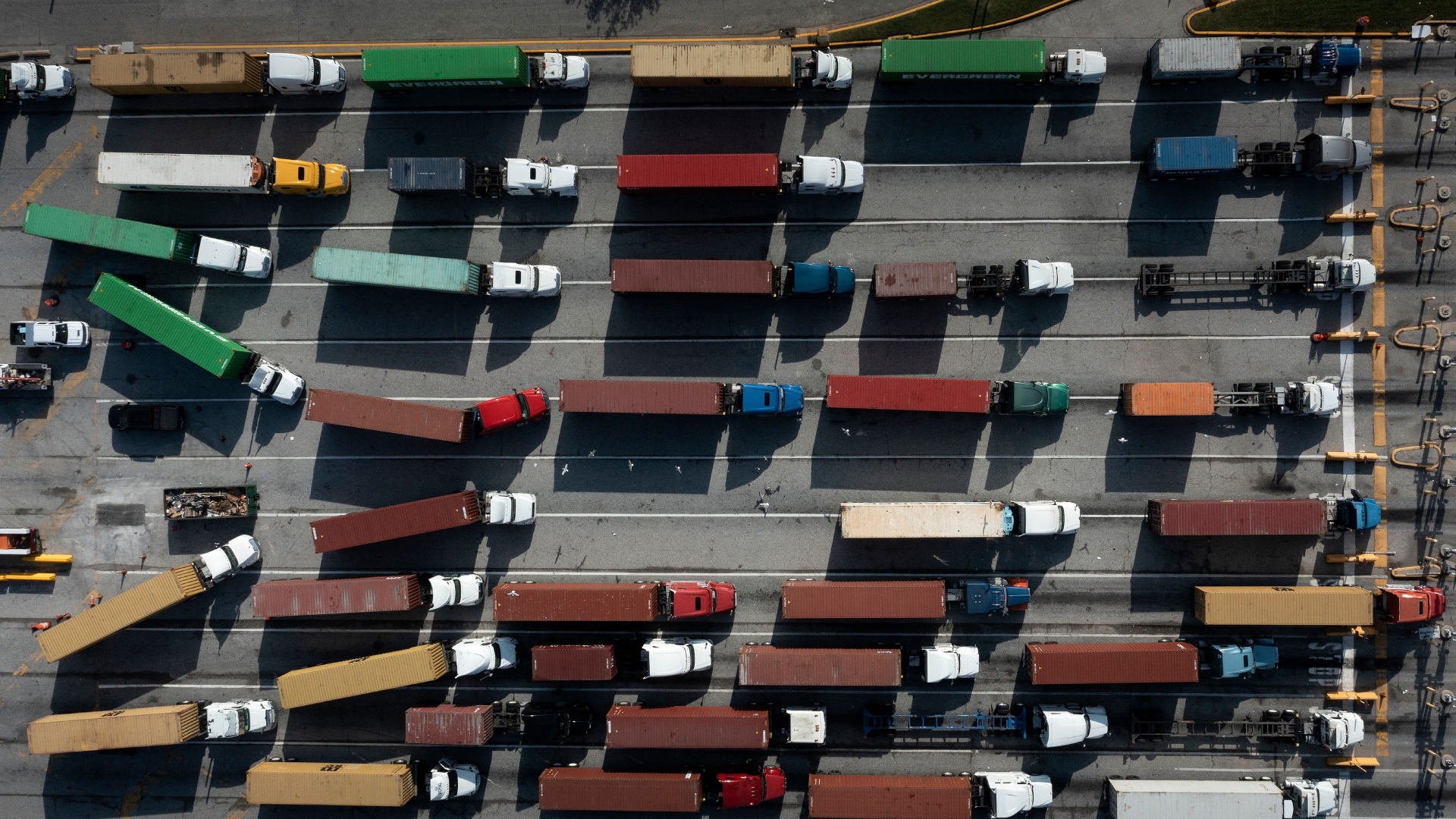US-based firms are likely to experience ongoing disruption to their supply chains through at least the second quarter of 2022.
This assessment was issued to clients of Dragonfly’s Security Intelligence & Analysis Service (SIAS) on 27 October 2021.
The implications of interruptions will probably include consumer price inflation, shortages of goods and targeted government deregulatory action. We assess that these conditions will require corporate security teams to consider a range of near-term and operational risks into next year beyond Covid-19. These include extreme weather incidents, labour activism and disruptive geopolitical events.
Supply chain disruption is already having commercial effects on US companies, such as high shipping prices and delivery delays. There are few signs that these will ease into 2022. Among the main causes of this are low shipping capacity, global supply and labour shortages, and high US consumer demand. A senior US administration official recently told us that the White House is considering deregulatory action to ease supply chain blockages, including at US ports. But our contact, who is familiar with White House planning, added that any action is unlikely before the end of the year.
White House economic policies seem to have aggravated the situation. US consumer demand remained high during the pandemic, which economists cited in the national press largely put down to government stimulus packages; this demand increased in 2021 as the economy reopened and government spending continued.
According to Bimco, a shipping association, cargo volumes between Asia and the US from January to July 2021 were 27% higher compared with pre-pandemic levels. But we assess that, given the global and cascading nature of supply chain chokepoints, the impact of any policy changes would be limited or only felt in the long run.
We have identified three main domestic and international indicators to help monitor the near-term likelihood of worsening or improving US supply chains disruption:
- Consumer demand: the US Department of Commerce reported on 1 October that consumer spending is 18% above pre-pandemic levels. Even if this reduces, we expect firms to keep demand high as they increase their inventories in anticipation of the winter holidays and continued shipping delays. European consumer demand is another potential source of pressure on global supply chains. So a range of possible developments such as Covid-19 lockdowns, extreme weather in the winter months, or power outages affecting ports would probably aggravate delays.
- Labour shortages affecting trucking and rail companies: official figures suggest there was a surge in the number of US workers leaving their jobs in August. Press reports indicate that a lack of workers, especially in warehouses, manufacturing, rail and trucking is contributing to the clogs. In our analysis, this situation makes supply chains highly vulnerable to labour activism, particularly if workers perceive deregulation or influxes of migrant workers to be affecting pay and working conditions. And outbreaks of Covid-19 in or near chokepoint areas are a further potential source of worsening delays.
- Strains at key supply chain points outside of the US: Covid-19 lockdowns at textiles manufacturers in Vietnam, shutdowns of the container terminal in Ningbo, China, the week of 11 October, and shortages of chips to supply technology and car manufacturers are among the most recent contributors to manufacturing and shipping delays.
Given all of this, we forecast that shipping costs and delivery times are likely to remain high until at least the second quarter of 2022. This timeline is also based on current economic forecasts and continued pressure on global container circulation that has led to port backlogs. Our source within the White House noted consumer price inflation climbed by 5.4% in 2021 through September, up from 2% before the pandemic. But they added they expect consumer demand to stabilise in the first quarter of 2022.
Image: Trucks transport cargo containers at the Port of Baltimore in Maryland, 14 October 2021. Photo by Brendan Smialowski/AFP via Getty Images.







